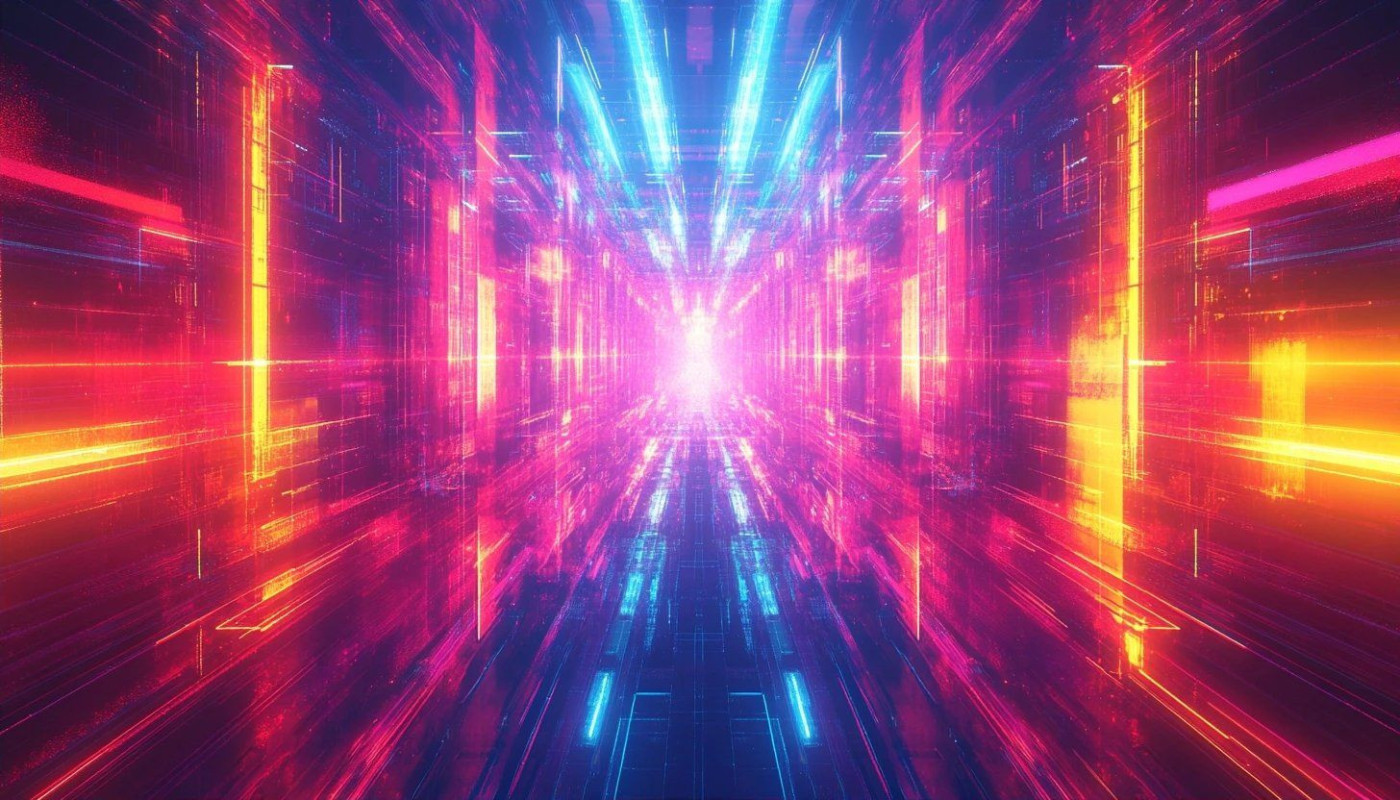Table of contents
Artificial intelligence is rapidly reshaping the landscape of creative industries and design. As algorithms and machine learning tools become increasingly sophisticated, their influence on artistic processes and outcomes grows stronger. Delve into the following sections to discover how AI is driving transformation, sparking innovation, and redefining the boundaries of creativity in unprecedented ways.
AI-driven changes in creativity
Artificial intelligence is dramatically reshaping creative industries by introducing advanced generative algorithms and leveraging machine learning to push the boundaries of digital creativity. These technologies empower artists, designers, and content creators to automate routine aspects of their workflows, freeing up time for deeper conceptual development and innovation. With neural networks, machines now learn to mimic and even enhance creative processes, providing data-driven insights that inform color schemes, composition, and even narrative structures. As a result, traditional roles and workflows are evolving, and human creators are collaborating with intelligent systems to produce work that was previously unimaginable.
This synergy between human ingenuity and artificial intelligence unlocks unprecedented creative potential, as digital tools analyze vast datasets to identify patterns, predict trends, and generate novel ideas tailored to specific audiences. In creative industries such as graphic design, music, and advertising, the integration of machine learning and generative algorithms enables the rapid prototyping of concepts, personalized content recommendations, and the emergence of entirely new artistic forms. Digital creativity is no longer confined by manual limitations, allowing for a broader exploration of style, medium, and message in the rapidly changing landscape of design.
Impact on design workflows
The integration of artificial intelligence into design workflows is reshaping how creative professionals approach their craft. AI tools and automation systems are now capable of handling repetitive and time-consuming tasks such as image resizing, color matching, and even generating initial mock-ups, which expedites the creative process and allows designers to focus their expertise on higher-level conceptual challenges. This transition has introduced computational design as a methodology, where algorithms and machine learning models actively participate in ideation and execution, optimizing both speed and efficiency. Digital transformation in design also means that decision-making is increasingly data-driven, as AI tools analyze user engagement, style preferences, and market trends to inform choices that once relied solely on intuition. The evolving relationship between human designers and these advanced technologies is not one of replacement, but rather collaboration and augmentation—AI extends creative potential, while designers contribute critical thinking, context, and emotional resonance. As a sum, the creative process is now characterized by synergy between human ingenuity and digital precision, fundamentally transforming the landscape of modern design workflows.
New opportunities for creatives
Artificial intelligence is transforming the landscape for creative professionals by providing tools that generate personalized content, enable interactive media, and foster adaptive design. AI innovation allows artists and designers to experiment with parametric design, a method where algorithms determine the form and structure of creative works, resulting in adaptable solutions that respond to user input or environmental factors. These advancements empower individuals to break traditional boundaries, producing art and designs that are both responsive and immersive. As demand for unique and interactive experiences grows, utilizing AI-driven platforms becomes increasingly attractive, giving creators the ability to craft dynamic projects tailored to specific audiences. For those interested in exploring how AI-generated visual content can expand their creative possibilities, visit here for a showcase of innovative image generation technologies.
Ethical considerations in AI art
The integration of artificial intelligence into creative industries has sparked complex debates about AI ethics, particularly regarding authorship and originality. As algorithms increasingly generate works that rival those produced by human creators, questions arise over who holds the rights to AI-generated art and how originality can be measured when creative processes are driven by data inputs. The cultural impact of this shift cannot be overstated, as algorithmic bias embedded within training datasets may unintentionally perpetuate stereotypes or exclude underrepresented perspectives, shaping cultural narratives in unforeseen ways. To address these concerns, industry standards are rapidly developing, with a growing emphasis on algorithmic transparency to ensure stakeholders understand how creative decisions are made. Guidelines now encourage accountability, open-source practices, and diverse data representation, establishing a new ethical framework for digital art that prioritizes both fairness and inclusivity in the evolving landscape of design.
Future trends and challenges
The rapid pace of technological advancement promises to reshape creative industries in unprecedented ways, with future trends pointing toward deeper integration of artificial intelligence and human ingenuity. As AI disruption accelerates, the demand for new skill requirements becomes increasingly obvious: professionals in creative fields will need to master not only traditional artistic methods but also develop competencies in data analytics, machine learning, and digital collaboration. This shift signals the rise of hybrid intelligence, a transformative approach in which human insight and machine precision merge to create innovative solutions and experiences previously unattainable by either alone.
One of the significant challenges facing creative industries is the ongoing evolution of job roles and workflows in response to AI-powered tools. Designers and artists must navigate the balance between preserving their unique creative voice and leveraging automation to enhance productivity and originality. As machines handle repetitive tasks and data-heavy processes, human creators can focus on conceptual development, emotional resonance, and storytelling, elevating the overall quality of creative output. The emergence of hybrid intelligence underscores this synergy, fostering an environment where collaboration between humans and algorithms becomes a catalyst for breakthrough ideas.
To adapt and thrive amid these shifts, creative professionals and organizations should prioritize continuous learning, experimentation, and interdisciplinary collaboration. Investing in lifelong education and staying attuned to future trends will empower teams to anticipate changing skill requirements and leverage technological advancement effectively. Building flexible, diverse teams—capable of harnessing both human imagination and AI efficiency—will position creative industries to lead in an era defined by rapid innovation and the seamless fusion of digital and artistic capabilities.
Similar



